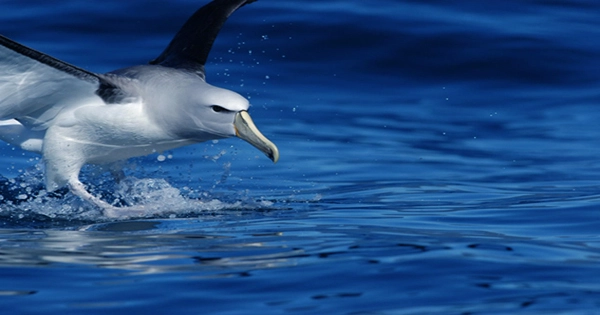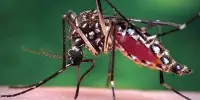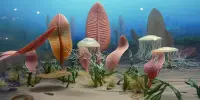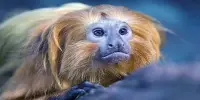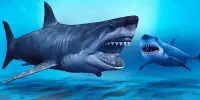According to a recent study from the Milner Centre for Evolution at the University of Bath, diving species like penguins, puffins, and cormorants may be more vulnerable to extinction than non-diving birds. According to the scientists, this is due to their extreme specialization, which makes them less able to adjust to shifting circumstances than other birds.
Less than a third of the 727 species of water birds use diving as a method of food-seeking, making diving a relatively uncommon trait in birds.
Evolutionary scientists Joshua Tyler and Dr. Jane Younger studied of the evolution of diving in modern water birds to investigate how diving impacted: the physical characteristics of the birds (morphology); how the species evolved to increase diversity (rate of speciation); and how prone the species were to extinction.
According to the study, which was published in Proceedings of the Royal Society B, the ability to dive has independently developed 14 times, and once a group has acquired this ability, further development does not change it.
According to the type of diving the researchers discovered, the body sizes of the diving birds have evolved in various ways.
Penguins and puffins are examples of wing divers who utilize their wings to move through the water. These birds often have larger bodies that are swimming-adapted.
Cormorants and other “foot divers” have broader bodies than wing divers because they kick their feet to swim.
As opposed to this, “Plunge divers” like gulls and gannets descend vertically to seize their prey. Because they were more suited for flying than swimming, the researchers discovered that these species tended to have more restricted body sizes.
The study discovered that many diving birds appeared to be more susceptible to extinction than non-diving species, despite the fact that there was no discernible difference in the speciation rates of diving birds and non-diving species.
The researchers’ methods might assist conservationists in foretelling which species are most in danger of extinction from an evolutionary standpoint.
According to Josh Tyler, a student at the Milner Centre for Evolution at the University of Bath and the paper’s first author, evolution follows known patterns rather than occurring randomly.
“Genetic research of the bird family tree in 2015 showed that waterbirds were grouped together as being highly related, therefore I wanted to investigate how evolving the ability to dive had affected their body form, niche adaption, and evolutionary variety.”
For instance, penguins are well adapted to their habitat because of their torpedo-shaped bodies, which enable them to swim quickly but limit their mobility on land.
“This implies that they find adjusting to new surroundings or dietary patterns difficult. Plunge divers, like gulls, on the other hand, are more omnivorous and will consume anything from fish to Cornish pasties. We discovered that their diversity is expanding rapidly.”
“Our statistics indicate that the specialized birds are more vulnerable to extinction in the future and maybe heading toward an evolutionary dead end.”
By identifying which species are most likely to be in danger in the future, the researchers think their findings will assist guide conservation efforts.
